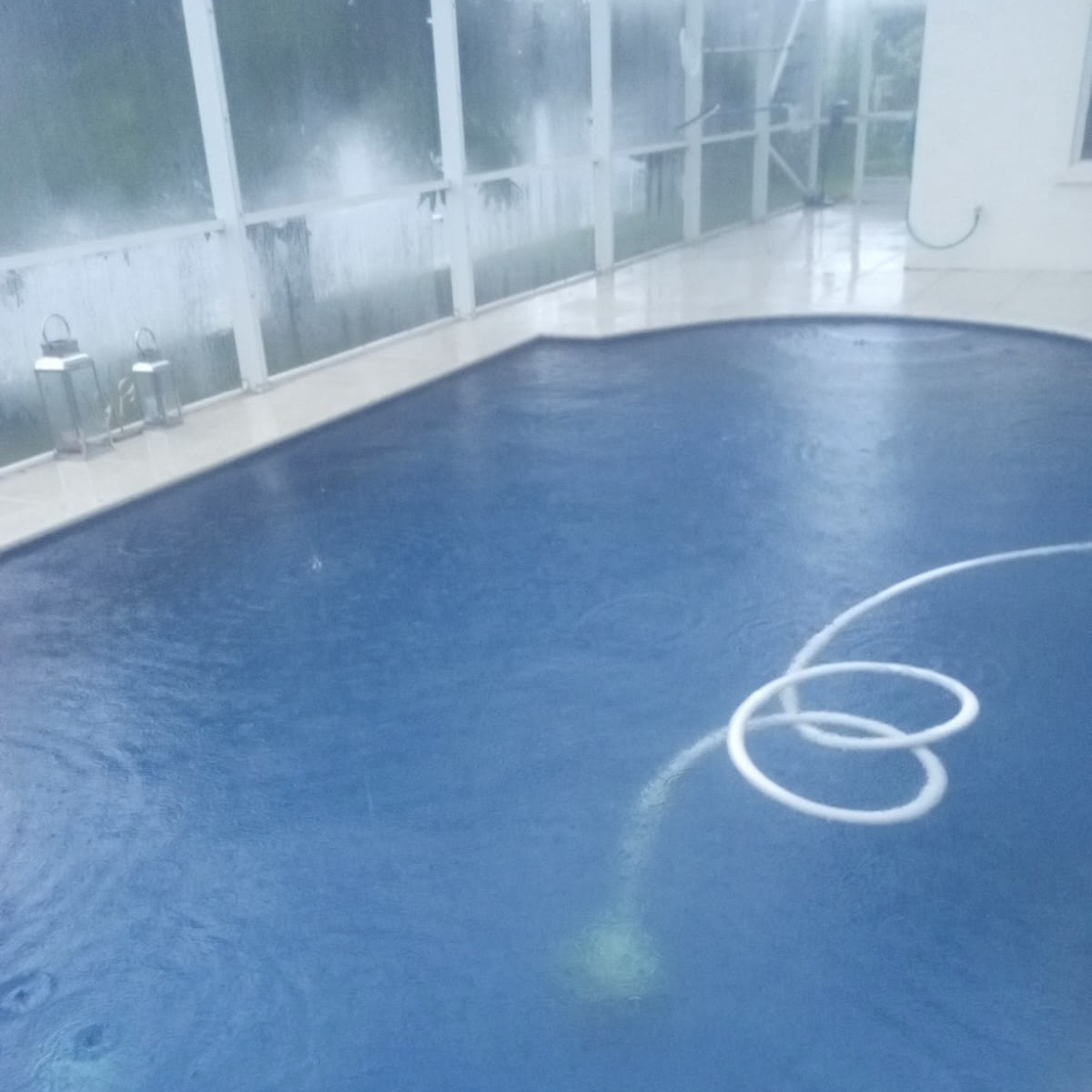Phosphates in Your Pool: What They Are and How to Manage Them
You might have heard about phosphates and how they can affect your pool. But what are they, and why do they matter? In this post, we'll break down what phosphates are, how they get into your pool, and why they might need treatment.
What Are Phosphates?
Phosphates are tiny particles that can end up in your pool water. They can come from plants (leaves, branches, twigs, seeds, flowers), animals (inside or around your pool, domestic or wild), water (from rain, from a hose, or washed down with rooftop debris), or even some pool maintenance chemicals. Unfortunately, there’s no way to completely stop phosphates from getting into your pool—they just happen!
Why Phosphates Matter:
Phosphates themselves aren’t harmful, but they’re like food for algae. When phosphates are present, algae can grow faster, turning your pool water green and cloudy. This means you might need more chlorine and other chemicals to keep your pool clean.
How to Manage Phosphates:
- Regular Cleaning: Skim the surface, vacuum, and clean your pool filters regularly to help reduce the amount of debris that introduces phosphates.
- Test for Phosphates: You can use a simple test kit to check phosphate levels. If they’re high, it might be time for a treatment.
- Phosphate Treatment: Sometimes, your pool will need a special treatment to lower phosphate levels. This helps keep algae in check and your pool water clear.
Phosphates are a part of pool maintenance that you can’t always control, but with regular cleaning and occasional treatments, you can keep your pool looking its best!
Call to Action: If you’re having trouble with algae or need help managing phosphates, AquaRose Services Llc is here to assist. Contact us today!
‹ Back






.png)